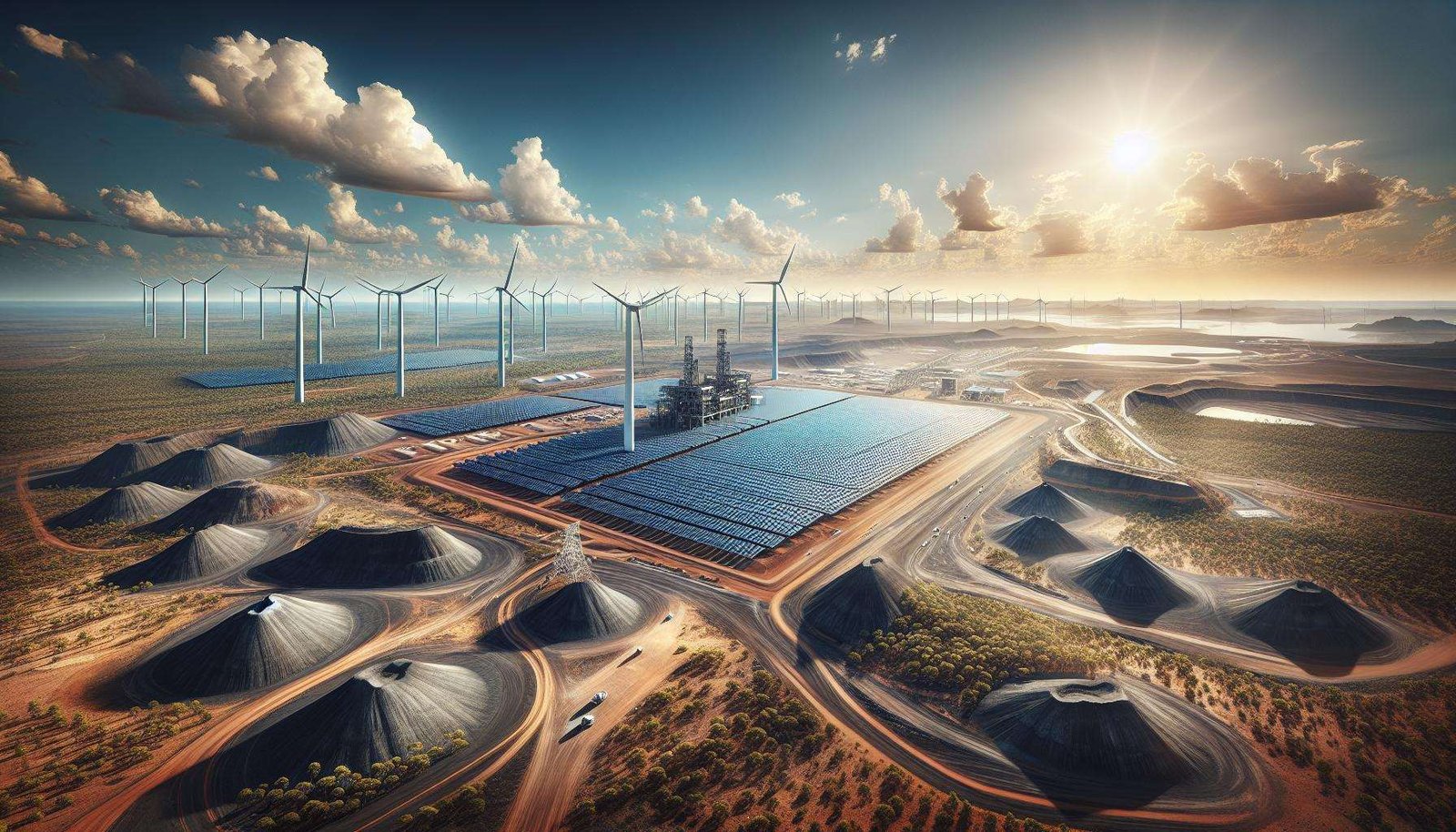
Australia is a country I have been following for a few years now as they have done such a good job with home solar. In fact as of May 2025, over 4.1 million solar power systems were installed on Australian homes and small businesses, representing almost 40% penetration.
Now Australia – known for its vast reserves of coal and other fossil fuels (as well as iron ore etc), is stepping into the spotlight with its ambitious commitment to cut greenhouse gas emissions by 62% by 2035.
The decision underscores a pivotal shift not only within Australia’s domestic policies but also in how global powers are addressing the urgent climate crisis. This move comes as part of a larger trend where traditionally fossil fuel-reliant nations are pivoting towards cleaner, sustainable energy solutions to combat global warming.
Understanding the Commitment
Australia’s pledge to cut emissions represents a significant policy shift for a country that has historically depended on coal and natural gas. According to the Intergovernmental Panel on Climate Change (IPCC), human activities have caused approximately 1.1°C of global warming above pre-industrial levels (though this is IMO actually closet to 1.5 Degrees C).
The commitment includes a mix of strategies, such as investing in renewable energy, enhancing energy efficiency, and adopting new technology. One key aspect is the increased funding for solar and wind energy projects. This is not just about turning away from coal but also pivoting towards more sustainable and expansive energy infrastructures. By broadening its energy base, Australia aims to not only reduce emissions but also create jobs in emerging industries.
The Role of Renewable Energy
Renewable energy forms the backbone of Australia’s emissions reduction strategy. Renewable sources like solar and wind are not only abundant in Australia but also becoming more cost-competitive compared to fossil fuels. As per the International Energy Agency (IEA), the cost of solar power has decreased by over 80% in the last decade, making it a highly viable option.
Renewable energy technologies work by converting natural elements—like sunlight or wind—into electricity. For example, solar panels capture sunlight and convert it into electrical energy through photovoltaic cells. Wind turbines, on the other hand, transform wind’s kinetic energy into electricity. These technologies offer a clean, sustainable method of power generation which reduces dependence on fossil fuels and decreases carbon emissions.
Challenges and Opportunities
While the proposed cuts are ambitious, they are not without challenges. The transition to renewable energy requires significant infrastructure investment, skilled workforce development, and political will. Additionally, there is resistance from industries heavily invested in fossil fuels, which could complicate policy implementation. However, the opportunities are equally significant. The shift towards renewables is expected to create numerous jobs, enhance energy security, and position Australia as a leader in clean energy technology.
Moreover, according to the Paris Agreement, countries are collectively aiming to limit global warming to below 2°C, preferably to 1.5°C, compared to pre-industrial levels. Australia’s decision aligns well with these global targets and signals to the international community that even the most fossil fuel-dependent nations can make substantial efforts towards sustainability.
Global and Local Impacts
Australia’s commitment is likely to influence other nations, especially those within the Pacific region, which are highly vulnerable to climate change impacts. By taking a leadership role, Australia may inspire regional partners to adopt similar ambitious policies, thereby enhancing collective climate action. Locally, the strategy is expected to drive innovation and foster a culture of sustainability among businesses and communities.
The World Health Organization (WHO) has emphasized that reducing emissions can have direct health benefits by improving air quality. Cleaner air reduces the incidence of respiratory and cardiovascular diseases, showcasing the interconnectedness of climate policy and public health outcomes.
Frequently Asked Questions (FAQs)
What is Australia’s emission reduction target?
Australia aims to cut its greenhouse gas emissions by 62% by 2035, transitioning from a fossil fuel-dependent economy to one based on renewable energy.
How will Australia achieve this target?
Australia plans to achieve its emissions target by investing in renewable energy, such as solar and wind, boosting energy efficiency, and adopting new technologies.
What are the benefits of renewable energy?
Renewable energy reduces carbon emissions, mitigates climate change impacts, creates jobs, enhances energy security, and improves public health by reducing air pollution.
Summary
- Australia commits to a 62% reduction in emissions by 2035.
- Renewable energy investment plays a crucial role in this transition.
- The transition poses challenges but offers significant opportunities.
- Australia’s commitment aligns with the global targets under the Paris Agreement.
- Emission cuts contribute to improved public health and economic growth.
This article is for informational purposes only.
The post Australia’s Bold Move: 62% Emission Cuts by 2035 appeared first on Green.org.














